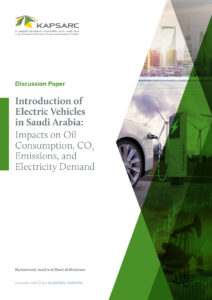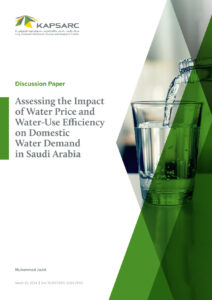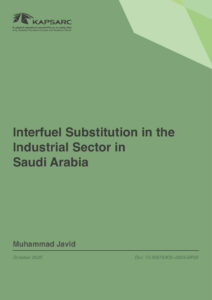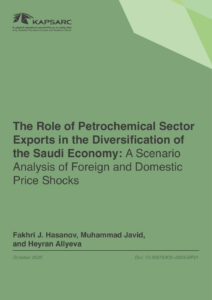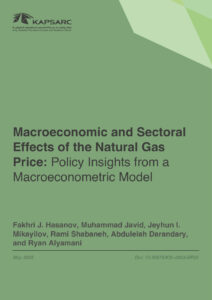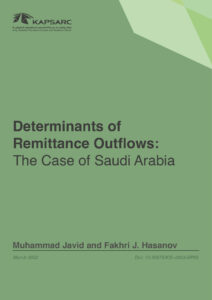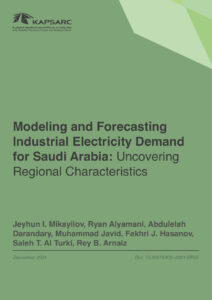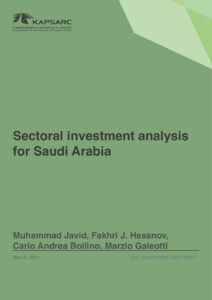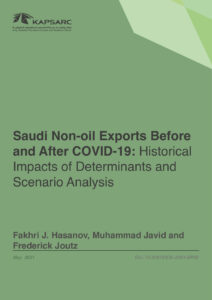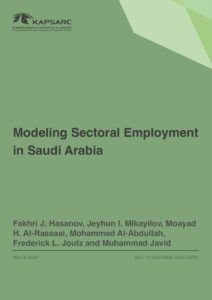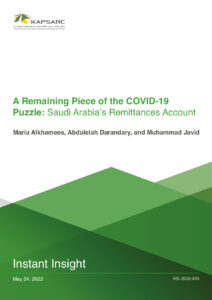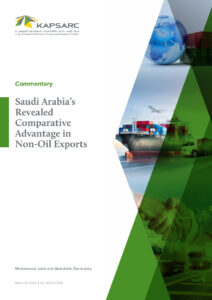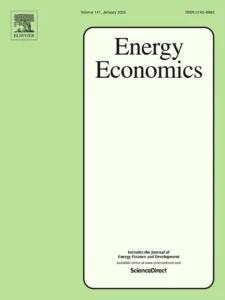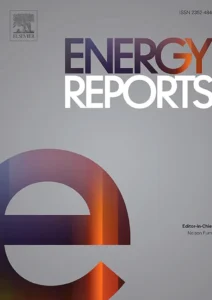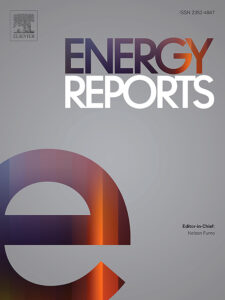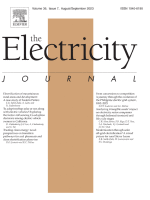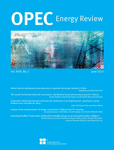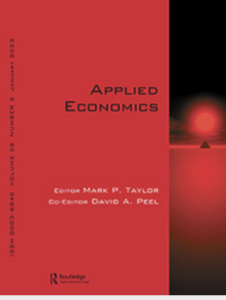Muhammad Javid is a Senior Fellow in Energy Macro & Microeconomics at KAPSARC, currently working on the KAPSARC Global Energy Macroeconometric Model (KGEMM) project. Before joining KAPSARC, Muhammad worked as a Senior Research Economist at the Pakistan Institute of Development Economics (PIDE) in Islamabad. During his 20+ years in research, Muhammad has worked extensively in the areas of energy, environment, econometric modeling, forecasting, and macroeconomics. He also has experience working for various research, academic, and governmental organizations, such as King Saud University in Riyadh, Saudi Arabia, and the Benazir Income Support Program in Pakistan. Muhammad has published several peer-reviewed articles on electricity demand, energy, inflation, and environmental issues. He received Pakistan’s Higher Education Commission’s Outstanding Research Award 2015/2016 for his research paper, “Environmental Kuznets curve and financial development in Pakistan,” published in Renewable and Sustainable Energy Reviews.
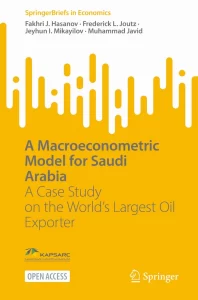
A Macroeconometric Model for Saudi Arabia: A Case Study on the World’s Largest Oil Exporter
Open Access Brief Introduces the KAPSARC Global Energy Macroeconometric Model for Saudi Arabia Combines cutting-edge econometric methods, a well-established theoretical foundation, and empirical coherence Customizable for different research and policy questions Click here to read the book
1st January 2023
